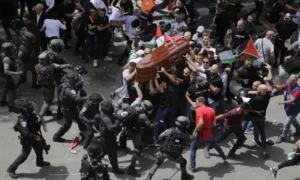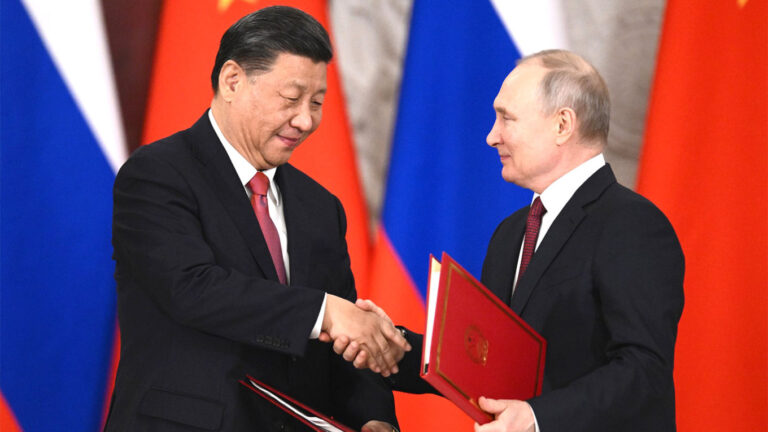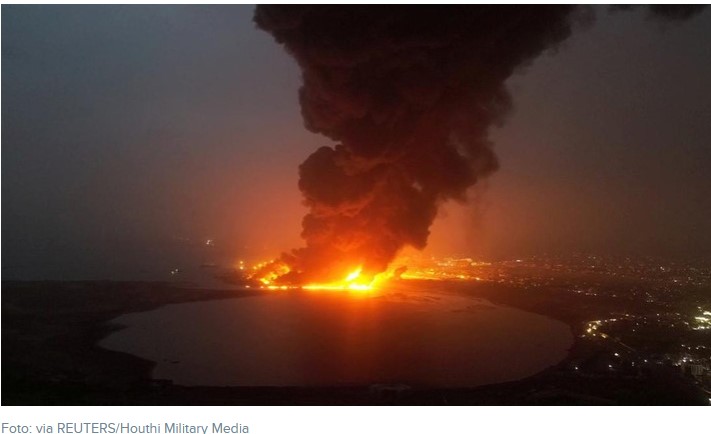
STRATEGIC ASSESSMENT. The Homeland Threat Assessment (HTA) is mostly an objective and non-partisan examination of the threat landscape based on a review of all-source information. The most overt political part of the report is the section on illegal immigration—the HTA does not elucidate how threat actors may have exploited migrant pathways. Nor does the report offer any details about the threat posed to Americans by illegal immigration. Another source of political tension surfaced in the lead up to the HTA report, when a high-ranking DHS whistle-blower accused his superiors of blocking the HTA’s release because references to white supremacy might anger President Trump. Nevertheless, the HTA makes clear that white supremacy extremists pose an enduring national security threat. The HTA references ‘anti-government/anti-

The HTA highlights malign activity attributable to Russia, China, Iran, and North Korea. According to the HTA, Russia and China’s sophisticated cyber capabilities pose a threat to U.S. critical infrastructure. China’s cyber operations will continue to focus on U.S. business interests, especially those with a nexus to defense and manufacturing. The HTA also assesses that both China and Russia will continue to engage in foreign influence campaigns designed to weaken the United States. In particular, DHS assesses that ‘Russia is the likely primary covert influence actor and purveyor of disinformation and misinformation within the homeland.’ The Putin regime continues to remain an agent of chaos as it seeks to undermine American faith in its institutions and the COVID-19 pandemic provided the Russian Federation the opportunity to amplify this discord. The HTA also pins blame on China for leveraging social media tools to create false narratives surrounding the origins of COVID-19. To a lesser extent, Iranian online actors have also tried to spread disinformation regarding COVID-19, specifically blaming the United States for creating and weaponizing the virus. North Korea is mentioned only three times in the report, and its threat to the homeland revolves around its cyber-related criminal activity. Finally, the report emphasizes that both Russia and China remain engaged in using both covert and overt tools to influence American voters in the lead up to the November 3 Presidential election. While the HTA is not explicit in saying Russia is supporting President Trump, it does say that ‘Russia uses divisive measures to disrupt the electoral process – including denigrating former Vice President Biden.’
The HTA makes clear that the most significant non-state actor threat to the homeland is posed by white supremacists, who continue to target racial and religious minorities as well as LGBTQ+, multiculturalists, and left-leaning politicians. The HTA contains a chart of terrorist attacks that have posed a threat to lives in the U.S. between 2018-2019. According to these statistics, white supremacists have carried out more attacks and killed more people than homegrown violent extremists (HVEs) and all other types of domestic extremists combined. The assessment explains that white supremacists and right-wing anti-government groups have opportunistically used COVID-19 and peaceful protests as camouflage for plotting and/or executing deadly attacks. The report’s lack of specificity regarding the names of white supremacist, anti-government, and conspiratorially-minded groups/movements, however, is problematic.

Finally, the HTA assesses that while Foreign Terrorist Organizations (FTOs) aspire to attack the homeland, their ability to do so remains constrained. Instead, groups like ISIS and al-Qaeda will seek to inspire U.S. citizens and cultivate homegrown violent extremists. The online reach of these groups, especially ISIS, remains a concern since its propaganda can still reach U.S. citizens via social media or other platforms. Interestingly, the HTA highlights a third FTO, Lebanese Hezbollah, as a group that could be used by Iran as a proxy to stage an attack on the homeland should U.S-Iran relations further deteriorate. Finally, the HTA makes clear that FTOs represent a more significant threat to U.S. overseas assets as opposed to the homeland. While the HTA names FTOs like ISIS and al-Qaeda, as well as several transnational criminal organizations there is no mention of the Attomwaffen Division, the Boogaloo Bois, Proud Boys, or QAnon, especially because individuals associated with these groups and movements have killed Americans. The next iteration of the HTA would do well to be more explicit regarding the activities of these groups, and Congress should require DHS to assess publicly the threat posed by them (TSC).





